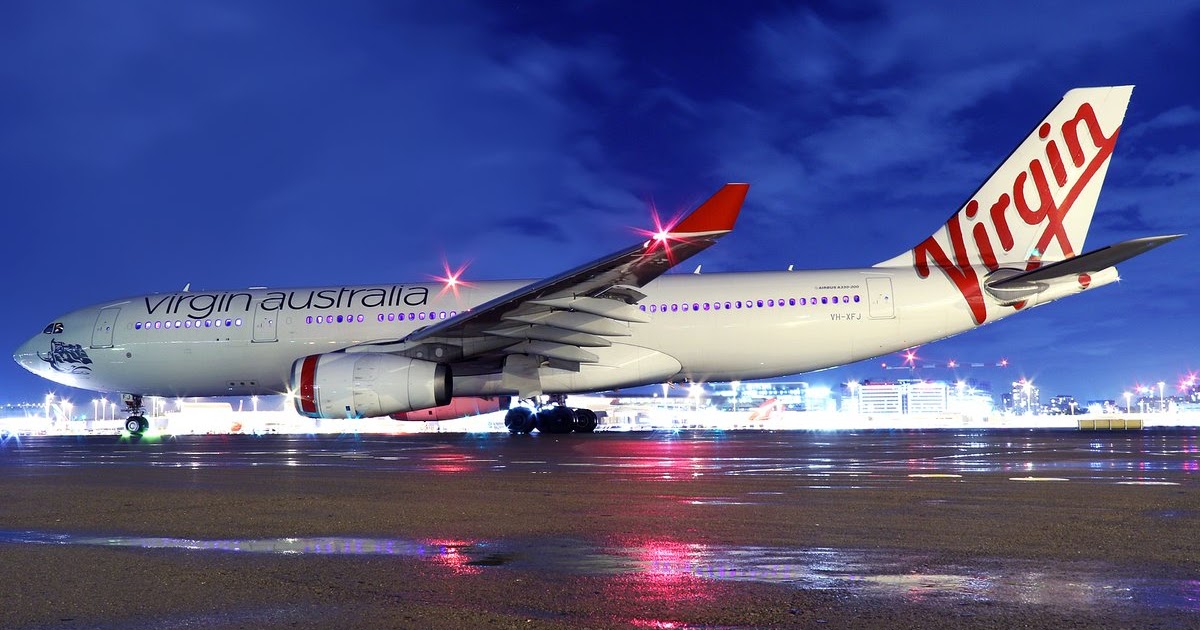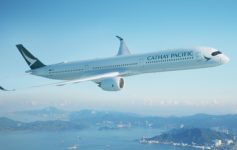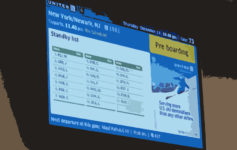After seven consecutive years of annual losses, Virgin Australia is cutting staff and plans to cuts routes as well.
Virgin Australia, founded in 2000, last posted an annual profit in 2012. In the last seven years it has updated its fleet, launched a successful loyalty program, increased total passengers, and increased total revenue. Yet it has managed to lose over USD 1 billion in the process.
Its recently-reported A$349.1 million ($236 million) loss in 2018 has again forced to beleaguered carrier to wrestle with its strategy and wonder about its future. As a first step, Virgin Australia will cut 750 office positions, about 8% of total staff. It will also embark upon an operational review which will reassess the fleet and route map, leading to reductions in domestic and international service.
Stop and realize what a unique airline Virgin Australia is. Not so much due to its route map, onboard service, or fleet, but due to its ownership. The airline is owned by a mix of actors including China’s HNA Group, Etihad Airways, the Virgin Group, Singapore Airlines, and Nanshan Group, another Chinese conglomerate. The Nanshan Group owns the highest stake…at 22.4%. With no entity having majority control, any change represents a compromise among competing interests.
CONCLUSION
I certainly would not argue Virgin Australia is a lost cause. It offers an excellent onboard product that I would unhesitatingly recommend after a recent trip to Bali via Brisbane. But Virgin Australia is not like Virgin America, which posted losses for nine years in row, but then finally became profitable (and later sold to Alaska Airlines). Virgin Australia has experience the taste of profit only to lose it…and continue to fall short.
Hopefully Virgin Australia will realize, even as it faces mounting losses, that it cannot cut its way to long-term growth. On the short term, however, perhaps cutting its unprofitable Tigerair Australia budget division and a couple unprofitable Virgin routes is wiser than letting the losses mount up.





How about some proof reading?
Australia used to have a relatively healthy 2 airline system: QANTAS and ANSETT ( former government, latter private). But ANSETT was forbidden from operating internationally in competition with QANTAS ( similar to the BOAC restrictions in the UK).
AIR NZ took a controlling stake in ANSETT ( and brought in Singapore Airlines as a partner) and, sadly, grossly mismanaged it. Eventually it went broke c 1999.
Virgin , established a couple of years after Ansett’s demise,is going the same way, rapidly. I don’t know why they chose to go international, with very high costs for very few routes. They would have been better advised to stay domestic, operating on major routes ( of which there are about 10-12, highly profitable).
I haven’t used Virgin more than once or twice in the last 5 years ( no status=no lounge, priority). They have made zero effort to lure frequent flyers away fromQantas.
It would be disastrous if they go bust, leaving Qantas with a domestic monopoly.
“With no entity lacking majority control, ”
Do you mean with no entity “having” majority control?
Fixed. Thank you.
Paolo, Virgin Australia was around in the time leading up to the demise of Ansett and so they together with Qantas who were suddenly allowed to operate domestically, Ansett was squeezed from both sides because Qantas suddenly did their own interlining and Virgin introduced a low cost model on domestic routes effectively deregulating what had been a highly regulated system over night. Although Ansett domestic was reasonably priced and affordable to most Virgin undercut them by a significant margin.
IMO as a regular to Australia, Virgin Australia never quite cuts it. In business class there’s always something missing and like anything in the Virgin Group it’s style over substance, over promise and under delivery. I tried them a few times and found them disappointing and now always book Qantas and will continue to. I don’t use Virgin Group products and services anywhere else in the world so no reason to make an exception in Australia.
FWIW, although the foot print was small, Ansett was one of the best airlines in the world on all fronts be it as a passenger where service was exceptional or as a member of the team where they were treated with dignity and respect from the bottom up. A few of today’s airlines could have learned a lot from them.
Agree, Phil. Ansett’s demise was an absolute gift to VA, on which they seemed to capitalise initially by transitioning to be more of a full-service carrier and expanding rapidly. I was platinum with VA for a few years, but grew tired of their consistent deficiencies – as you say, there was always something missing, most notably a comprehensible international network of partner airlines and lounges. The long haul J product on the 777 and A330 remains excellent, but everything else is very ordinary. I’m now happily back with QF, the quality of whose product – ironically – is at least partially the product of VA’s attempts at competing in the premium space, so let’s hope VA doesn’t go the way of Ansett (which I agree was a great airline in every respect … such fond memories).
Ansett was never affordable for most Australians. Qantas and Ansett charged the same fares on the same routes, taking off within minutes of each other and keeping most of us out of the air. Virgin Blue, the cheerful low cost original version of Virgin Australia, helped to make flying across this continent affordable and made profits immediately. Qantas had to introduce its very successful LCC Jetstar to compete. Virgin Australia’s adoption of the full service airline model undermined its profitability. I hope it goes back to the LCC model with a premium economy option like Scoot and Air Asia.
Very good
Virgin are still getting rid of staff. Unfortunately some of these poor staff went through the ansett collapse and noe dealing with this turmoil.
So many suffered in the ansett collapse hopefully people dont tske their lives with this Virgin…like some did when Ansett folded.